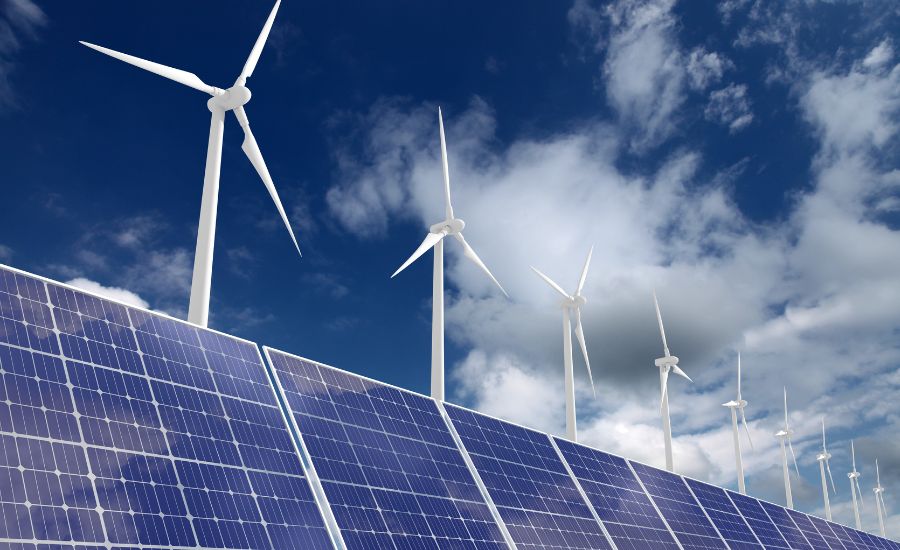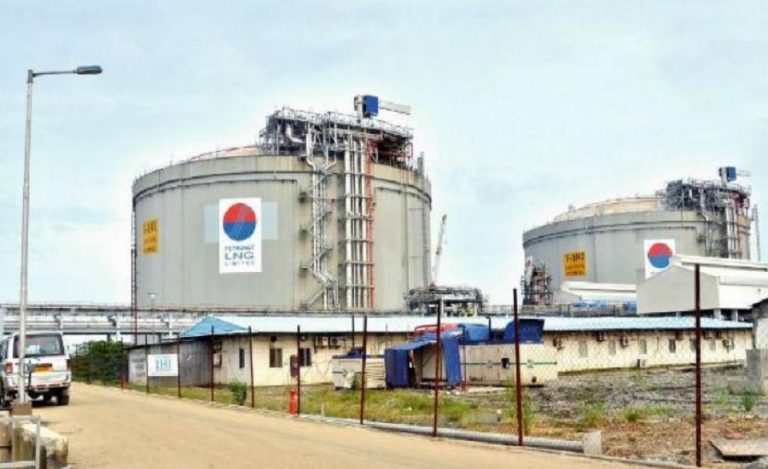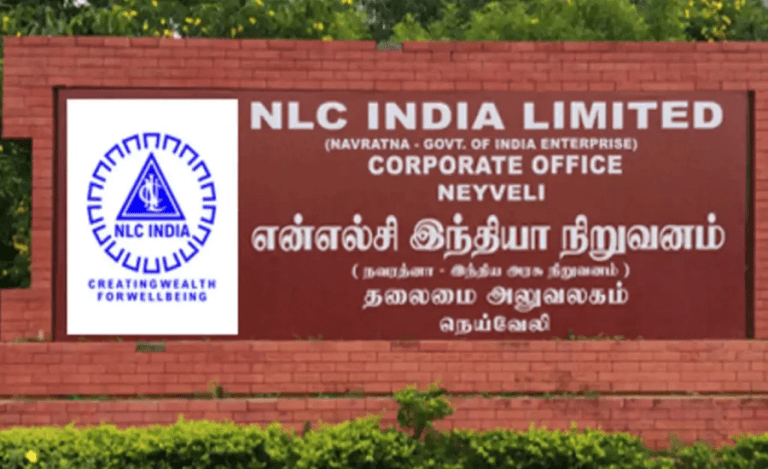New Delhi: India needs to double its annual renewable energy capacity addition from current levels to meet its 500 GW non-fossil fuel capacity target by 2030, according to a new report released by S&P Global Ratings. The agency warns that India must accelerate its pace to add at least 50 GW of renewable energy capacity per year between 2025 and 2030, a sharp increase from the 29 GW added in 2024–25.
As of March 2025, India’s installed renewable energy capacity stood at 214 GW, meaning less than half the target has been achieved, leaving just five years for a massive scale-up.
USD 325 Billion Needed for Energy Transition
S&P estimates that USD 175 billion will be needed for the buildout of renewable generation projects, while an additional USD 150 billion is required for the expansion and modernization of transmission and distribution (T&D) infrastructure. Without matching grid upgrades, new capacity may remain underutilized due to congestion and curtailment risks.
“More work needs to be done to expand India’s renewable energy capacity. We forecast at least 50 GW of annual renewable capacity addition will be required over 2025–2030 to achieve the 500 GW target,” the report stated.
Financing Outlook: Debt-Fueled Growth Ahead
The report emphasizes that the renewables sector remains attractive to investors, with debt financing expected to play a leading role. Domestic lenders and bond markets are expected to continue supporting renewable developers, while equity interest remains strong from both global and Indian investors.
Solar energy is expected to dominate future installations, driven by its low cost per MW, fast deployment timelines, and policy incentives.
Reducing Coal Dependence and Aligning with Climate Goals
The push toward renewables is central to India’s climate strategy and energy security. Despite recent additions, coal still dominates the country’s energy mix, making the renewable transition urgent.
India’s commitment at COP26 in Glasgow (2021) includes the “Panchamrit” pledge-
- Achieve 500 GW non-fossil capacity by 2030
- Meet 50% of energy needs from renewables
- Cut carbon emissions by 1 billion tonnes
- Lower emissions intensity of GDP by 45%
- Reach net-zero emissions by 2070
Grid Modernization: The Hidden Challenge
S&P Global warns that simply building more solar and wind farms is not enough. Grid readiness will be critical to ensure renewable power can be transmitted efficiently. Key hurdles include:
- Grid congestion in high-generation states
- Curtailment of surplus renewable power
- Delays in T&D infrastructure projects
Policy reforms and inter-state coordination will be essential to integrate variable renewables, especially during peak generation hours.
Policy and Execution Will Be Decisive
To stay on course for its ambitious climate goals, India must ensure-
- Faster land and environmental clearances
- Robust power purchase agreements (PPAs)
- Timely commissioning of renewable projects
- Digital and storage investments to manage variability
S&P concludes that while the trajectory is promising, the next five years will determine whether India can lead as a global renewable energy powerhouse or fall short of its transformative vision.



























